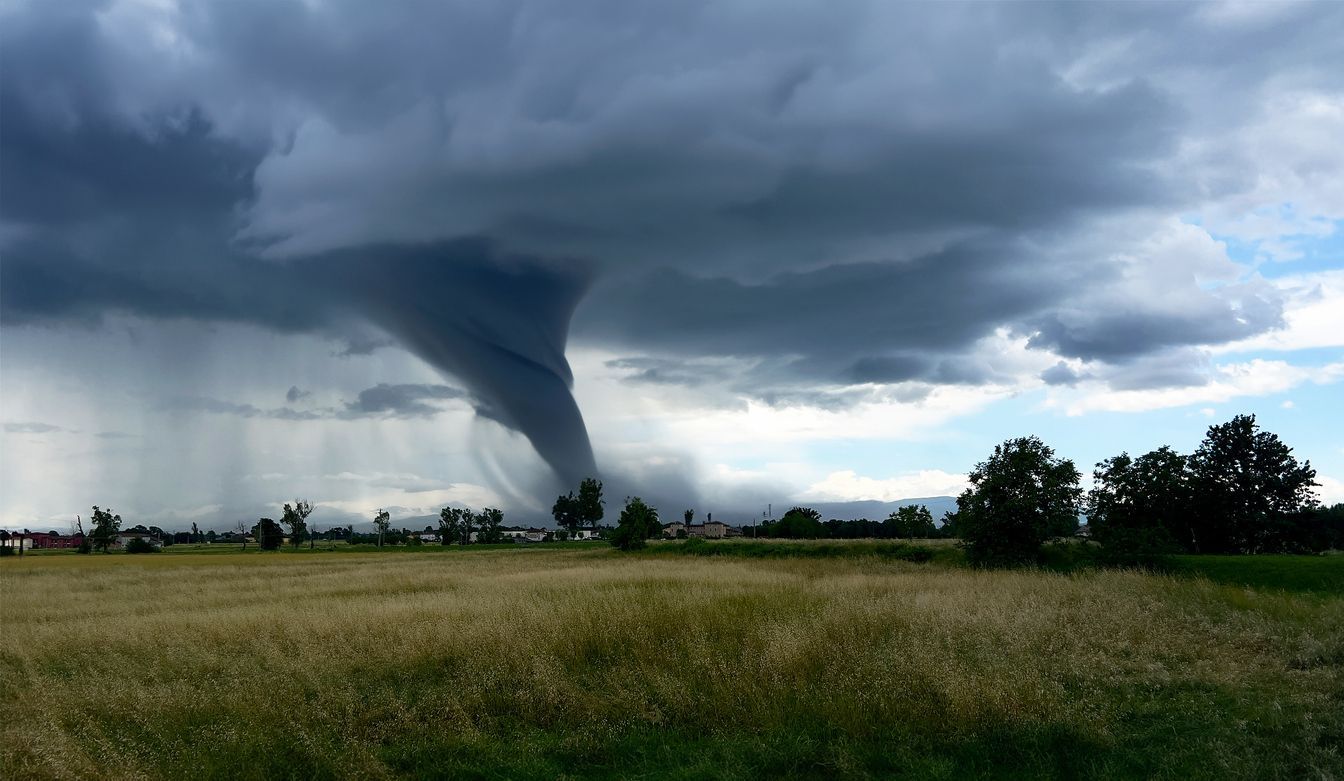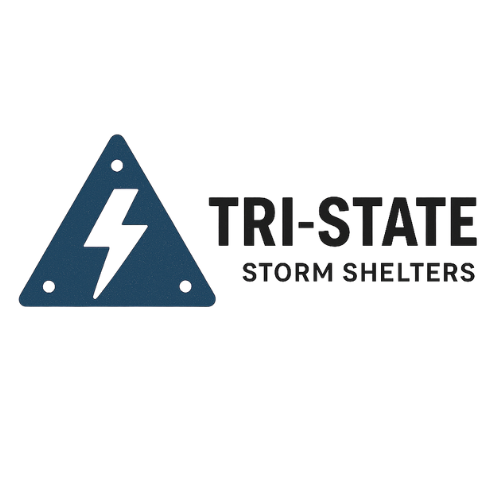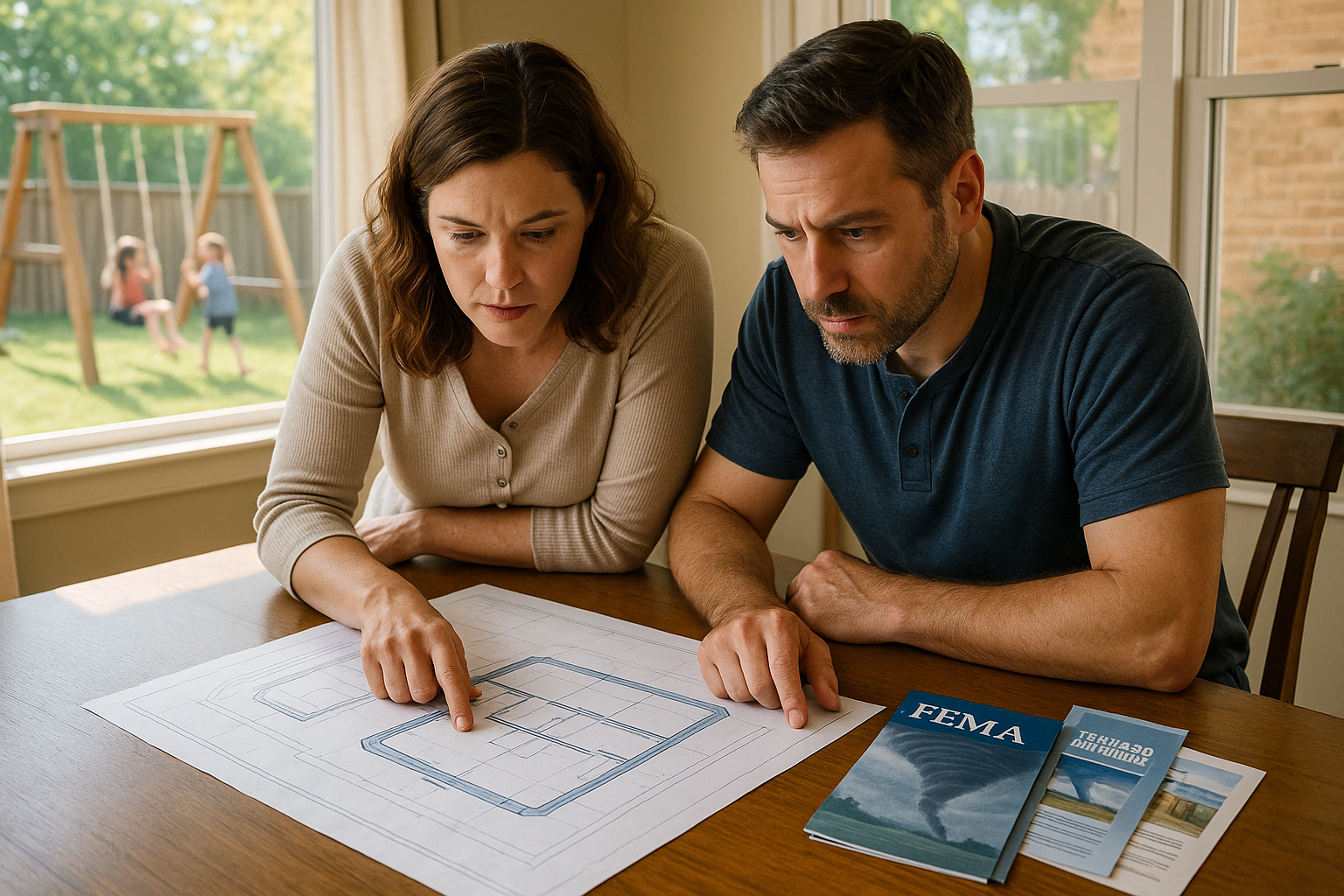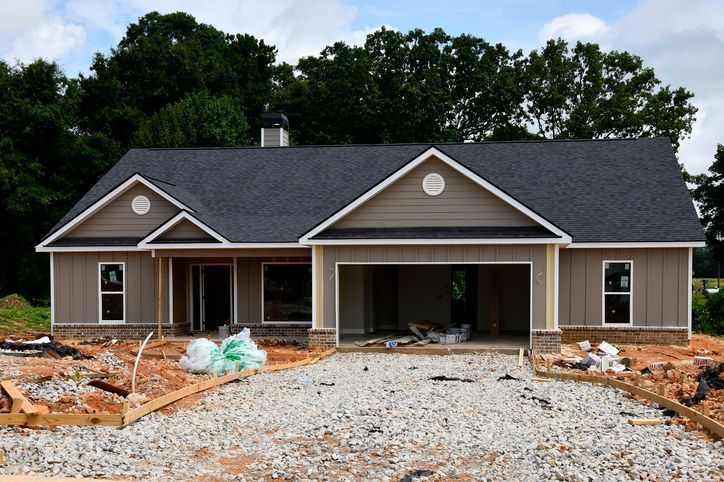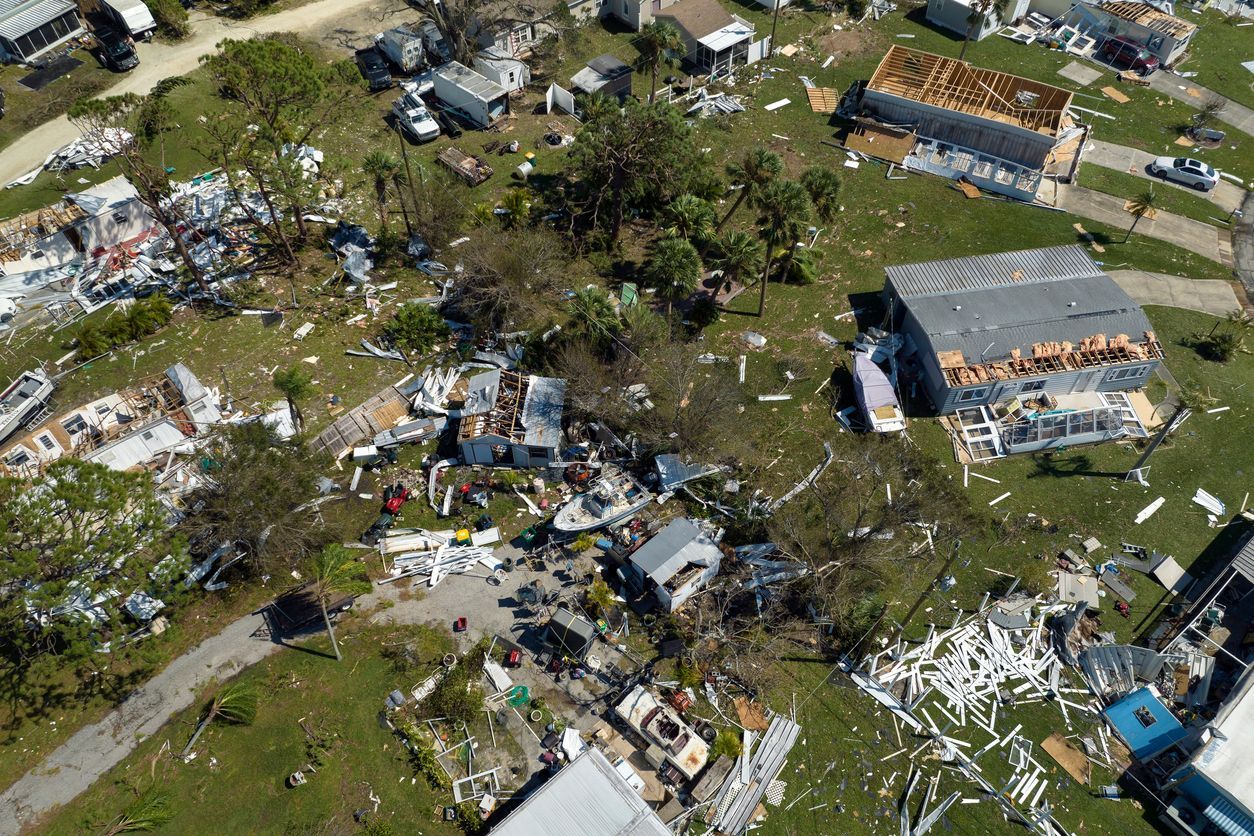🦃 A Safe and Cozy Thanksgiving: Storm Preparedness Tips for the Season
Thanksgiving is a time for family, warmth, and gratitude - but for many in the Midwest and South, it’s also a season when unpredictable weather can strike. Late fall brings more than pumpkin pie and football; it can also bring cold fronts, heavy rain, high winds, and even tornadoes.
At StormVault Shelters, we know that peace of mind starts with preparation. Whether you’re hosting a holiday dinner in Kentucky, traveling to see family in Indiana, or welcoming guests in Illinois, a little planning can go a long way in keeping your loved ones safe and your home secure.
In this guide, we’ll cover essential storm preparedness tips for the Thanksgiving season - from protecting your home to planning safe travel - so you can enjoy the holidays with confidence.
1. Understanding Late-Fall Weather Risks
Many people associate tornadoes with spring, but the truth is that secondary tornado seasons often peak in November and early winter across the Midwest and South. During this time, warm, humid air from the Gulf collides with cold northern systems - a mix that can produce severe storms.
Common risks around Thanksgiving include:
- High winds and hail
- Sudden cold snaps and freezing rain
- Localized flooding
- Isolated tornadoes
Knowing your local weather risks is step one. Keep an eye on the National Weather Service (NWS) forecasts, download a reliable weather alert app, and make sure your phone’s emergency notifications are turned on.
2. Prepare Your Home Before the Holidays
Before you thaw the turkey, take a few minutes to inspect your home’s storm-readiness. These quick steps can prevent major damage if severe weather strikes:
- ✅ Check the Roof and Gutters
- ✅Clean debris, leaves, and branches from gutters and downspouts to prevent overflow during heavy rain. Inspect shingles and flashing for signs of wear that could lead to leaks.
- ✅ Secure Outdoor Items
- ✅High winds can turn lawn furniture, grills, and decorations into dangerous projectiles. Store them in a garage or shed before a storm hits.
- ✅ Inspect Trees and Power Lines
- ✅Trim back weak branches that could fall on your home or power lines during a storm.
- ✅ Prepare for Power Outages
- ✅Stock up on flashlights, batteries, and backup power sources. Consider investing in a generator for long-term resilience.
- ✅ Test Your Shelter or Safe Room
If you already have a StormVault Shelter, inspect it before storm season. Make sure the door seals properly, vents are clear, and your emergency kit is stocked.
If you don’t yet have one, this is a perfect time to schedule a free consultation with StormVault. Our steel storm shelters are designed to withstand the most severe tornadoes — offering the protection your family deserves.
3. Safety Tips for Thanksgiving Travelers
Thanksgiving is one of the busiest travel weekends of the year. Whether you’re driving across state lines or visiting family a few towns over, stay weather-aware:
🚗 Check Forecasts Before Leaving
Review travel routes and weather conditions along your path. If storms are predicted, delay travel when possible.
🧳 Pack an Emergency Car Kit
Include:
- Flashlight and batteries
- Warm blankets
- First-aid kit
- Bottled water and snacks
- Portable phone charger
- Reflective triangles or flares
📍 Know Safe Stops Along the Way
Identify nearby shelters, rest stops, or sturdy buildings in case you need to pull over during severe weather.
📱 Stay Connected
Share your travel plans and expected arrival time with loved ones. If conditions worsen, communicate updates frequently.
4. Keeping Guests Safe During the Holiday
If you’re hosting Thanksgiving at home, safety should be part of your hospitality plan — right alongside turkey, mashed potatoes, and dessert.
- 🕯️ Plan for Power Outages
Have candles or lanterns ready, but use flameless battery-powered options to avoid fire risks.
- 🚨 Designate a Safe Space
If a storm warning is issued, guide your guests to your StormVault Shelter or lowest interior room. Keep your emergency radio handy to track updates.
- 🧒 Include Kids in the Plan
Explain safety steps in simple terms so children feel calm, not scared. Let them pack their own small comfort item (like a blanket or toy) in your storm kit.
- 🐶 Don’t Forget Pets
Keep leashes, carriers, and extra food in your emergency supply area. Pets should always go with you into a shelter - never be left outside or in vehicles.
5. Stock Your Holiday Safety Kit
Your Thanksgiving shopping list might include cranberry sauce and pie crust, but don’t forget your storm safety supplies. A well-prepared kit should include:
- Battery-powered weather radio
- Extra phone chargers or power banks
- Bottled water (1 gallon per person per day for at least 3 days)
- Non-perishable food
- Blankets and warm clothing
- Flashlights and fresh batteries
- First-aid supplies
- Copies of important documents
- Medication and pet supplies
Check your supplies twice a year - before spring and before the holidays - to make sure everything is functional and up to date.
6. Why Thanksgiving Weather Awareness Matters
It’s easy to assume the danger has passed once summer ends, but late fall tornadoes can strike unexpectedly, especially across Kentucky, Indiana, and Illinois.
The National Oceanic and Atmospheric Administration (NOAA) reports that dozens of tornadoes have occurred in the region during November over the past decade.
That’s why storm preparedness isn’t seasonal - it’s year-round peace of mind.
Whether it’s a spring outbreak or a surprise holiday storm, your best defense is a reliable, in-ground or above-ground storm shelter built to FEMA standards. StormVault Shelters are:
- Built from high-grade steel
- FEMA-compliant for EF-5 tornado protection
- Available for both new builds and existing homes
- Designed for families, schools, and businesses
7. The Gift of Safety This Holiday Season
As the holidays approach, most people think about what to give - not what to protect.
But safety is one of the most meaningful gifts you can offer your loved ones.
Imagine heading into winter knowing that, no matter what weather comes, your family has a place built to withstand it. That’s the kind of comfort that lasts far beyond the holidays.
A StormVault Shelter isn’t just a product; it’s an investment in security, peace of mind, and future generations.
8. Frequently Asked Questions (FAQ)
❓ Can tornadoes really happen in November?
Yes. The Midwest and South often experience a secondary tornado season in late fall, when warm and cold air masses collide.
❓ How can I tell if my home is storm-ready?
Check your roof, gutters, windows, and yard for potential hazards. Review your emergency plan and ensure your shelter or safe space is accessible.
❓ What makes a StormVault Shelter different?
StormVault Shelters are engineered with thick steel construction and FEMA-rated doors and vents to ensure maximum protection. Each unit is built locally and installed by experienced professionals.
❓ Where should I install a storm shelter?
Depending on your property, shelters can be installed in-ground (garage or yard) or above-ground (home or exterior). StormVault can help you choose the best option for your family.
9. Final Thoughts: Stay Safe, Stay Thankful
Thanksgiving reminds us of what matters most - family, home, and the peace that comes with security. Preparing for storms doesn’t take away from the season’s joy; it helps preserve it.
As you gather around the table this year, take a moment to ensure your family is protected for the months ahead. Because when it comes to safety, gratitude is best shown through preparation.
From all of us at StormVault Shelters, we wish you a safe, warm, and storm-free Thanksgiving.
Ready to protect what matters most?
Contact Storm Shelters to explore in-ground and above-ground storm shelter options or schedule your free safety consultation today.
